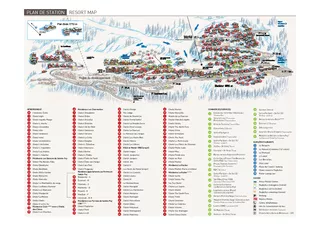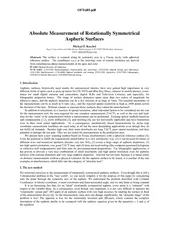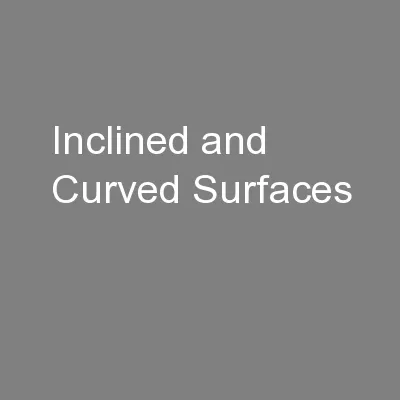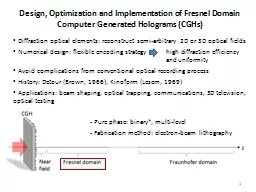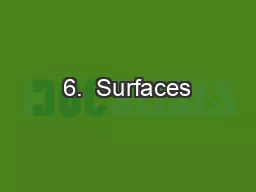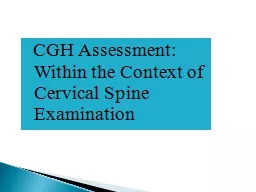PPT-Using CGH for Testing Aspheric Surfaces
Author : karlyn-bohler | Published Date : 2019-11-08
Using CGH for Testing Aspheric Surfaces Nasrin Ghanbari OPTI 521 Introduction Spherical wavefront from interferometer is incident on CGH Reflected light will have
Presentation Embed Code
Download Presentation
Download Presentation The PPT/PDF document "Using CGH for Testing Aspheric Surfaces" is the property of its rightful owner. Permission is granted to download and print the materials on this website for personal, non-commercial use only, and to display it on your personal computer provided you do not modify the materials and that you retain all copyright notices contained in the materials. By downloading content from our website, you accept the terms of this agreement.
Using CGH for Testing Aspheric Surfaces: Transcript
Download Rules Of Document
"Using CGH for Testing Aspheric Surfaces"The content belongs to its owner. You may download and print it for personal use, without modification, and keep all copyright notices. By downloading, you agree to these terms.
Related Documents


